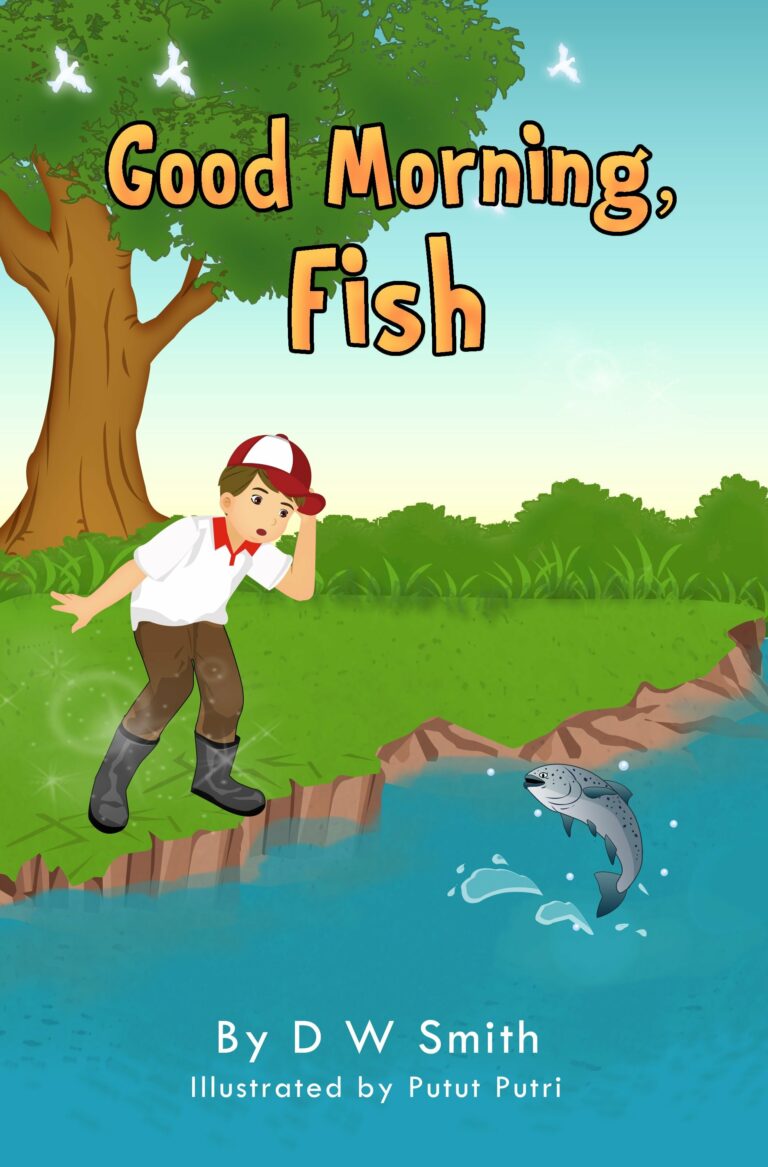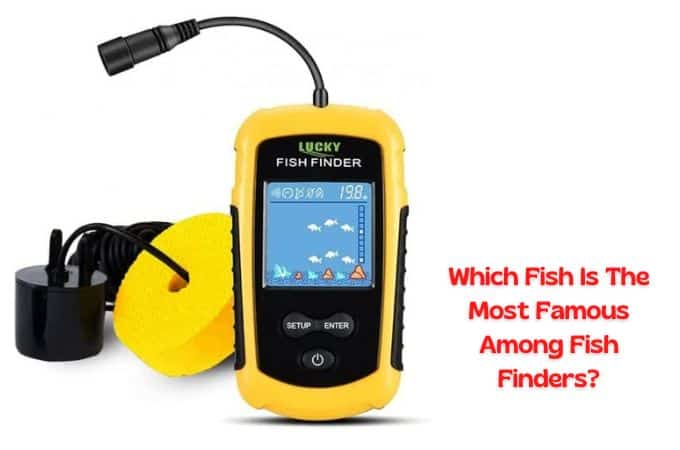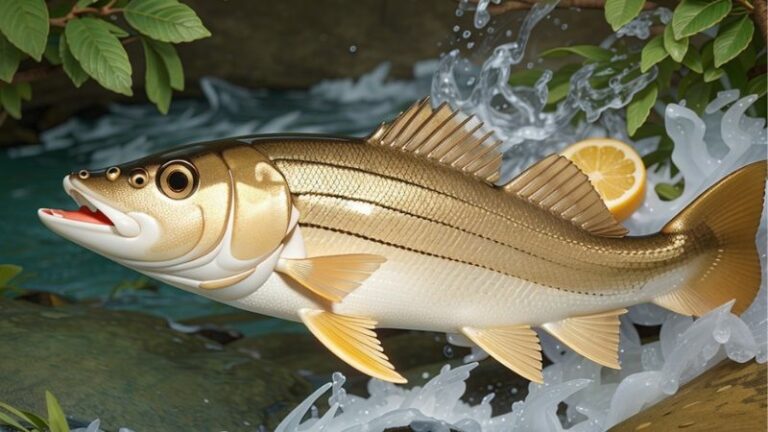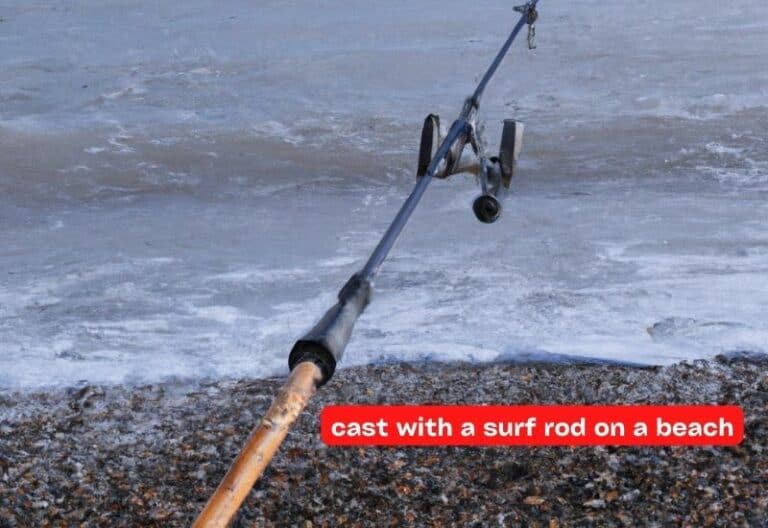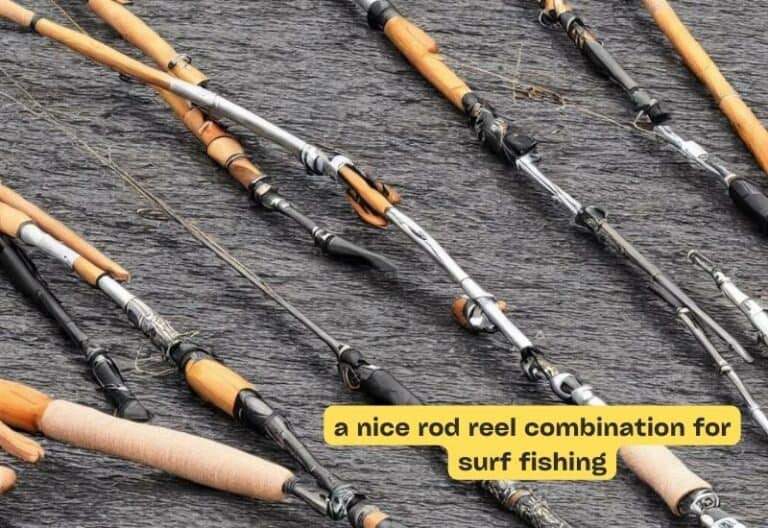How To Winter Pond Bass Fishing
Today we discuss How To Winter Pond Bass Fishing. When the temperature drops and the water gets chilly, pond bass fishing can be a thrilling adventure. While many anglers pack up their gear for the winter, the savvy ones know that the bass is still lurking beneath the surface, waiting to be caught. But how to lure them in? Don’t worry, we’ve got you covered. In this guide, we’ll share practical strategies and insights to help you maximize your success and enjoy an unforgettable fishing experience.
As the cold sets in and the landscape turns frosty, winter pond bass fishing presents a unique set of challenges and opportunities. With the right knowledge and techniques, you can overcome the obstacles and land your prized catch. From adjusting your bait to understanding the fish’s behavior in colder waters, we’ll equip you with everything you need to know to make the most of your winter fishing excursions. So let’s get started on our journey to becoming an expert winter pond bass angler!
No products found.
Winter Pond Bass Fishing: Tips and Techniques
Winter pond bass fishing can be a rewarding experience for anglers looking to challenge themselves in the colder months. With the right strategies and techniques, you can still catch bass despite the chilly conditions. In this article, we will explore the best practices for winter pond bass fishing, from adjusting your bait and tackle to finding the most productive spots. Keep reading to learn how to make the most of your winter bass fishing trips!
Choosing the Right Bait for Winter Pond Bass Fishing
When it comes to winter pond bass fishing, the choice of bait is crucial for success. Bass become less active in colder water temperatures, so you need to entice them with irresistible offerings. One popular bait option for winter bass fishing is the jig.
Jigs mimic the movements of natural prey and can be effective in colder water when fished slowly and meticulously. Another reliable choice is using soft plastic worms rigged with a weighted hook. The slow, subtle movements of a worm can trigger a strike from even the most sluggish bass.
Additionally, consider using smaller-sized lures and baits. The metabolism of bass slows down in the winter, making them less likely to chase after large, fast-moving prey. Opt for finesse lures, such as small crankbaits or jerk baits, to match the size and action of the fish’s natural forage. Remember to experiment with different colors and retrieve speeds to see what the bass are responding to on any given day.

Key Techniques for Winter Pond Bass Fishing:
When it comes to winter pond bass fishing, there are several techniques that can increase your chances of success. One such technique is slow and steady retrieves. Bass are sluggish during the winter months, so a slow and deliberate retrieve will be more enticing to them. Use a pause-and-jerk motion to imitate injured prey, which can trigger a strike from a nearby bass.
Another important technique to remember is to fish deeper. As water temperatures drop, bass tend to move to deeper areas where the water is relatively warmer. Use a fish finder to locate drop-offs, ledges, or submerged structures where bass might be seeking shelter. By targeting these areas, you can increase your chances of finding active fish.
Lastly, be patient and persistent. Winter bass fishing requires perseverance. It may take more time and effort to find and catch bass in colder conditions, so don’t get discouraged. Stay dedicated, adapt your techniques as needed, and remember that each bass you catch is a well-earned victory.
Best Winter Pond Bass Fishing Spots:
Finding the right spots to fish in your winter pond bass fishing outings is essential for success. Look for areas that provide the bass with warmth and cover. Shallow flats that receive direct sunlight during the day can be a hotspot for bass activity. The sun warms up the water in these shallow areas, attracting bass seeking a reprieve from the cold.
Cover, such as submerged vegetation, fallen trees, or rock formations, can also attract bass during winter. These underwater structures provide shelter and hiding spots for bass, making them feel more comfortable. Focus your efforts on casting near these areas and working your bait along the edges.
Lastly, pay attention to water currents. Bass are attracted to areas with slightly moving currents in winter. These areas are usually found near inflows or outflows in ponds. The movement of water helps oxygenate the area and can concentrate baitfish, which in turn attracts bass. Be sure to cast your bait in these areas and experiment with different retrieval speeds to entice the bass.
Tips for Dressing Appropriately:
Winter fishing requires proper attire to stay warm and comfortable throughout your fishing trip. Dressing in layers is crucial, as it allows you to adapt to changing weather conditions and body heat. Start with a moisture-wicking base layer to keep sweat away from your body. Over this, wear an insulating layer such as a fleece or thermal top and pants. Finally, top it off with a waterproof and wind-resistant outer layer to protect against snow, rain, and wind. Don’t forget to wear appropriate accessories such as gloves, hats, and waterproof boots to keep extremities warm and dry.
It’s also important to consider safety while winter fishing. Ice conditions can be unpredictable, so make sure to check the thickness and stability of the ice before venturing into frozen ponds. Always fish with a partner and carry safety equipment such as ice picks and a throw rope in case of an emergency.
Key Takeaways: How to Winter Pond Bass Fishing
- Choose the right location for winter pond bass fishing.
- Use small and slow bait to entice sluggish bass.
- Focus on deep water areas where bass tend to congregate during winter.
- Utilize different techniques like jigging and drop shooting to catch bass.
- Pay attention to weather patterns and adjust your fishing strategy accordingly.
faqs for How To Winter Pond Bass Fishing:
During winter, bass tends to move to deeper parts of the pond where the water is warmer. Look for areas with structure, such as drop-offs or submerged trees. Using a fish finder can also help in locating schools of bass. Additionally, be patient and observe the behavior of the fish to determine their preferred spot.
Remember to adjust your fishing techniques to match the bass’s behavior in colder water. Slowly retrieve your bait and opt for presentations that imitate their natural prey in winter, such as small jigs or slow-sinking soft plastics.
Choosing the right bait is crucial for winter pond bass fishing. Since bass is less active in colder water, opt for lures that can be presented slowly. Jigs, jerk baits, and live minnows are great options. Natural-looking lures in subtle colors like green pumpkin or brown often yield good results. Experiment with different bait sizes and weights to see what the bass responds to best.
Don’t forget about live bait either. Minnows or nightcrawlers can entice passive bass during the winter months. Remember to downsize the bait to match the smaller meals the bass are seeking in the colder water.
During winter, bass tends to be more active during the warmer parts of the day. Mornings and afternoons are generally better than early mornings or late evenings. Pay attention to the water temperature as well. When the water starts to warm up slightly, the bass might become more active and more likely to bite.
That being said, it’s always a good idea to research local conditions and consult local anglers for more specific information about your area. Weather patterns, water depth, and other factors unique to your pond may influence the best time to fish.
For winter pond bass fishing, you’ll need basic fishing equipment such as a fishing rod, reel, and fishing line. Opt for a medium to medium-heavy power rod and a reel known for its smooth drag. A fluorocarbon line is often a good choice for its sensitivity in colder water.
When practicing catch and release during winter, it’s important to handle the bass with care. Keep the fish in the water as much as possible, and avoid exposing it to freezing air temperatures for long periods. Use barbless hooks to make the release process easier and reduce the potential harm to the fish.
If you plan on taking photos, have everything ready before you land the bass to minimize the time it spends out of the water. Hold the fish horizontally, supporting the weight properly, and avoid squeezing it tightly. Once you’re ready, gently lower it back into the water and allow it to swim away on its own.
WINTER Pond Fishing For Cold Water Bass (LURE TIPS)
Summary:
Winter can still be a great time to go bass fishing in your pond! When the water gets cold, the bass like to hide in deeper areas. Use slower bait and fish deeper to catch them. Remember to dress warmly and be patient.
In winter, the bass are less active, so you may have to wait longer for a bite. But if you stay persistent and try different techniques, you might land a big catch. So don’t let the cold stop you from enjoying some winter pond bass fishing fun!
